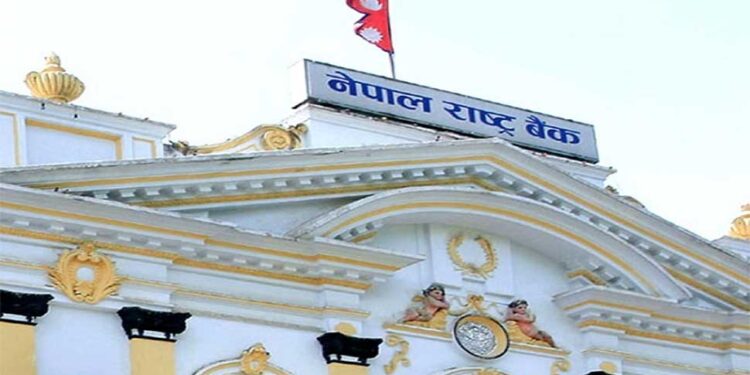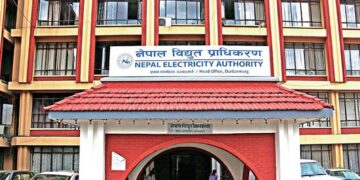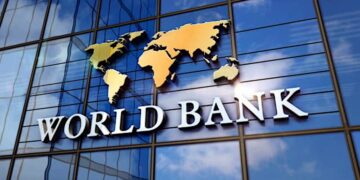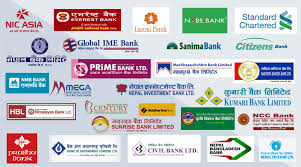Nepal’s economy is gradually stabilizing, with major macroeconomic indicators demonstrating encouraging progress in the first quarter of the current fiscal year, according to the Nepal Rastra Bank (NRB).
The central bank’s Current Macroeconomic and Financial Situation Report, published on Sunday, reflects stability across most economic indicators, though challenges persist in the banking and financial sector (BFIs).
Average consumer inflation fell sharply to 1.67 percent, down from 4.26 percent during the same period last year, easing pressure on household spending and signaling improved price stability.
Remittance inflows remained robust, reaching Rs 553.31 billion—a 35.4 percent increase year-on-year. In US dollar terms, total remittances stood at $3.94 billion, continuing to support Nepal’s external finances and domestic consumption.
Nepal’s foreign exchange reserves climbed to a record Rs 2.979 trillion (USD 21.21 billion), sufficient to cover 16.4 months of prospective imports of goods and services. The balance of payments (BoP) posted a surplus of Rs 264.03 billion, while the current account registered a Rs 237.59 billion surplus, despite a widening trade deficit—highlighting strengthened external sector performance.
Economist Keshav Acharya noted that the strong BoP position indicates improved external stability. However, he emphasized the need to utilize the accumulated foreign reserves more productively to maximize economic benefits.
Trade momentum continued to improve between mid-July and mid-October, with exports surging 89.6 percent and imports rising 19.8 percent, reflecting a recovery in external trade activities.
In terms of public finances, government expenditure reached Rs 364.59 billion, while revenue collection stood at Rs 249.05 billion during the review period. The broad money supply grew by 3.2 percent, indicating healthy liquidity in the financial system.
However, despite improvements in most indicators, the banking sector experienced difficulty in expanding credit amid historically low interest rates. Private sector credit increased by only 1.5 percent, compared to a 3 percent growth in deposits. The interbank interest rate averaged 2.58 percent, while the average treasury bill rate stood at 1.91 percent, reflecting abundant liquidity and subdued credit demand.











